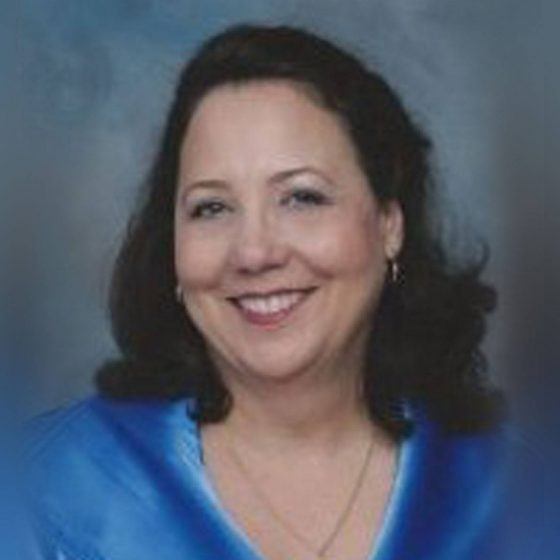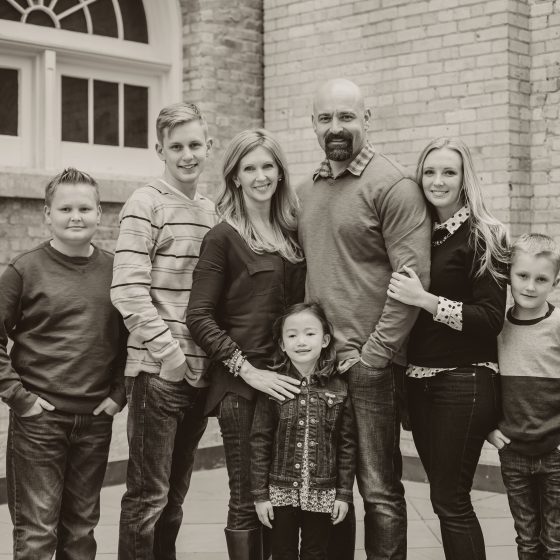Blowing Whistle on Bosses Brings them Millions
The St. Petersburg Times
March 25, 2001
By pointing out possible Medicare fraud, two former employees are entitled to part of the settlement.
TAMPA — In the fall of 1997, Gwendolyn Cavanaugh and Virginia Lanford noticed something troubling going on inside Central Tampa Hospital where they worked.
Vencor, a national health care chain which had bought the facility at 4555 Manhattan Ave. a few months earlier, was changing the method used for handling charges for respiratory services supplied to its nursing homes.
To Cavanaugh, a widow who was assistant finance administrator at the hospital, and to Lanford, a divorced mother of two who was quality review manager, it looked like Vencor was padding its reports to get bigger reimbursement checks from Medicare.
Studying cost reports, Cavanaugh discovered the accounting method was increasing Vencor’s reimbursement from the U.S. government dramatically, from $400,000 to $800,000 in one month.
She also heard Vencor officials openly discuss this path to higher profits.
To Cavanaugh and Lanford, Vencor’s bookkeeping looked illegal. They took their concerns to supervisors, but were told, “Don’t worry about it.”
Ultimately, they decided to sacrifice their jobs and risk their careers by blowing the whistle on Vencor.
On Dec. 1, 1997, they filed a secret lawsuit under the False Claims Act in federal court in Tampa. A short time later, Cavanaugh and Lanford resigned.
Last week, more than three years after the whistleblowers action was filed, Vencor announced it would settle that suit and eight others alleging false claims submitted to Medicare and Medicaid.
Without admitting criminal wrongdoing, Vencor agreed to pay $104.5-million, the second largest settlement in a nursing home case under the False Claims Act, U.S. Justice Department officials say.
Of the $104.5-million, $54.68-million represents the proceeds to settle the lawsuit brought by Cavanaugh and Lanford.
Justice officials determined that the two women will receive 15 percent of the $54.68-million. That means they will split $8,203,064.27 with their Fort Lauderdale attorney, Kenneth J. Nolan.
The two new millionaires were elated to learn of last week’s settlement, but said their intention was never to get rich.
“The settlement will certainly help with my own retirement,” said Cavanaugh, 66, who lives in a $650-a-month apartment in Tampa. “But, coming from a family where my father was a physician and my mother was a nurse, it was never about the money. It was about doing the right thing.”
Lanford, 47, who is still in health care but has moved to another state, said the Vencor settlement would provide security for her family but said the money would not change her lifestyle.
“I will continue working and go on with my life,” Lanford said. “But I can look back with some pride that I didn’t just walk away (from Vencor) and bury my head in the sand.
“We could have just walked away and kept our mouths shut, but we both agreed we couldn’t live with ourselves if we did. After all, it looked like they were cheating all of us taxpayers.”
Nolan, a specialist in handling False Claims actions, said he took the case on a contingency basis, but declined to say how much of the $8.2-million he would receive.
Asked about Cavanaugh and Lanford, Nolan said they were typical whistleblowers.
“They questioned the conduct they saw and they were told it was okay,” Nolan said. “They have independent personalities. They were unsettled by taxpayers allegedly being ripped off. They had the bravery to come forward and file this action.
“But for them, this never would have been uncovered.”
The False Claims Act used by Nolan and his clients is as old as the Civil War. The Lincoln administration pushed for its passage in 1863 in an attempt to thwart crooked munitionsmakers who were selling faulty ammunition to the Union Army.
The idea was to reward insiders who would blow the whistle on bad bulletmakers and anyone who might profit by making a false claim to the U.S. government. The reward for the whistleblowers, called relators, was set at 15 percent to 25 percent of the amount recovered.
False Claims actions also are called Qui Tam suits, after a shortened version of the Latin phrase, “Who brings the action as well for the king as for himself.”
The Qui Tam suit filed under seal against Vencor in 1997 lists the United States of America as the plaintiff, with Virginia Lee Lanford and Gwendolyn E. Cavanaugh as relators. The suit asserted the belief that 38 Vencor Hospitals had been defrauding Medicare since 1993.
As required by law, a federal prosecutor immediately took a look at the suit to begin to determine whether the government should intervene in the case. That task fell to Jay G. Trezevant, an assistant U.S. attorney who has a master’s degree in accounting and expertise in Qui tam suits, particularly those involving health care fraud.
The allegation presented by Cavanaugh and Lanford involved Vencor’s Vencare outreach respiratory therapy services program, in which oxygen services were supplied to nursing homes. The nursing homes billed Medicare for the services, then repaid Vencor.
But the whistleblowers believed that Vencor had added those costs to its Medicare claims as part of a scheme to get reimbursed a second time for the same services.
Trezevant said Cavanaugh and Lanford were in an excellent position to observe the bookkeeping and bright enough to understand it, despite its complexity.
But he would pore over reams of cost data reports, examine scores of audits and talk with the whistleblowers for weeks before he could decide if the case had enough merit for the the government to join.
A year and a half passed while that determination was being made, 18 months of limbo during which Cavanaugh and Lanford obsessively re-examined what they had done, and what could occur.
“‘It was scary, it was like a roller coaster ride,” Lanford said. “I felt like I was in a bad movie. I thought of The Insider, about the tobacco whistleblower, and how it destroyed his life.”
At the same time, it was hard not to daydream about grabbing the golden ring offered by the False Claims suit.
“There’s a certain amount of anxiety involved while you’re waiting for the government,” Trezevant said. “‘It’s like you’re at a red light and you think for an instant, “Maybe I can get that little beach house,’ and then you say, “No! I shouldn’t even think about it.’ ”
In July 1999, the U.S. Attorney’s Office in Tampa signaled its prosecution of the Vencor complaint by filing a 40-page amended version of the whistleblower suit.
Two months later, Vencor sought protection from its creditors in federal bankruptcy court. The settlement of the Cavanaugh-Lanford whistleblower action announced last week is part of Vencor’s plan for reorganization.
The check for $8.2-million should be paid to Cavanaugh and Lanford some time in May, a Justice Department spokesman said.
Lanford said her sons, 20 and 17, know all about the whistleblower’s suit and “are proud of what their mom did.”
She said she wants to pay off her debts and take her boys for a summer trip to California to, yes, Disneyland.
Trezevant said he also expects to celebrate when the check arrives, even though none of it will come his way.
“We’ll probably all go out for dinner — Dutch, of course, and it won’t make a dent in their pockets anymore,” he said.
“But it makes me happy to see these people get this money. This is the system working in the best possible sense.”
Kathleen Hawkins
- Dignity Health
- $37 million
Kathleen Hawkins, RN MSN, had been employed by Defendant, Catholic Healthcare West (CHW) for approximately 6 years when she decided she had had enough of trying to change the hospital system from within.
CHW, a California not-for-profit corporation that operated hospitals in California, Arizona, and Nevada, was at the time the eighth largest hospital system in the nation and the largest not-for-profit hospital provider in California.
CLICK FOR MORE
Joe Strom
- Johnson & Johnson
- $184 Million
Joe Strom contacted us in 2005. We were very grateful that he did. We immediately formed an all-star legal team and a process to stop a very harmful pharmaceutical marketing strategy. It was this process we set into motion that ultimately returned hundreds of millions of dollars to the U.S. Treasury, and a portion of that, very well-deserved, into Joe’s bank account.
Joe told us a very troubling story about the off-label promotion of a pharmaceutical drug for patients who already suffered from chronic heart failure.
CLICK FOR MORE
Bruce A. Moilan Sr.
- $27 Million
Bruce Moilan was a seasoned hospital systems expert by the time he contacted our Firm. At the time he decided to file his qui tam lawsuit, he was employed by South Texas Health System as a System Director for Materials Management. In this position, he oversaw $24 million in annual purchases of supplies and equipment and helped determine budget, reduction and cost analysis throughout the contract bidding and negotiations process. His job was to insure proper implementation for purchasing, receiving and management of inventory, for McAllen Hospitals, L.P.
CLICK FOR MORE


